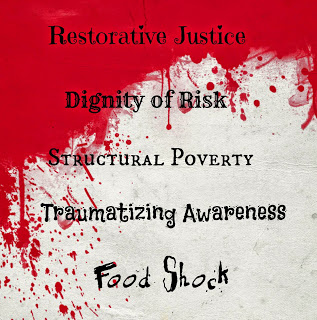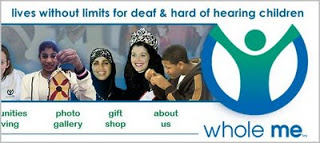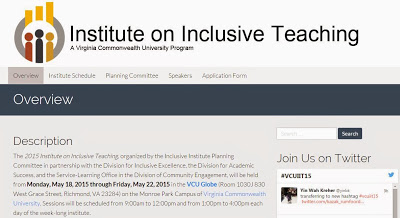In Faculty Words: From Desire to Educated Ability to Promote Inclusivity
Faculty Development. A phrase I’ve long considered rather odd and incongruous. Maybe it’s because I’ve been emotionally damaged by the words of one of my ID professors in grad school. He told me that faculty (in his world) hate the term “faculty development” because they are already developed. They don’t need to develop anymore. They are possibly open to training, but not development. Another reputable ed psych and edtech professor who upon learning that I was going to tread the path of a practitioner (and not join the hallowed halls of academia) after finishing doctoral studies, wished me good luck in convincing faculty that someone could teach “better” than they did. So you see, I’m somewhat scarred. (Note: I still have faith in working with faculty, just that on some days I feel these words haunt me.)
But faith in the desire of faculty to want to improve their teaching surged when I read the following goals of some of our participants in the Institute on Inclusive Teaching 2015:
“I want to advance from the desire for inclusivity toward the educated ability to promote it, in any setting.”
“I find that my own process of “de-colonizing” my mind and examining my various privileged identities has a direct bearing on my working relationship with students and faculty, through my increasing openness to and understanding of perspectives radically different from my own.”
Ultimately, I want to explore and expand upon my existing conceptualizations of diversity within my discipline so as to develop a more cohesive framework for integrating inclusivity across my instructional approaches, course content, and pedagogical content.
I witness failures from students who are struggling because they do not have the time to study. They have to work to pay tuition and they are too tired when they arrive in class to learn, let alone do their homework. In other words, those who succeed are those who have both the means and the will to study. Students also come from diverse school districts with more or less well developed language programs. Their ability to perform in my class depends also on their previous high school experience. Those who graduated from a demanding high school program passed my class with flying colors. I sympathize with my weaker students who have many odds stacked against them.
In my opinion, the diverse classroom should be accessible to everyone and anyone, but this is not the case. The greatest challenge in the XYZ courses has been 1) how to make our online content meaningfully accessible to visually impaired students, whether it is in the web-based workbook or the grammar exercises in our LMS, and 2) how to develop other types of comparable course content for them. Two out of the three visually impaired students I have taught have been unsuccessful in our courses due to these structural and curricular shortcomings.
As a public institution, it’s vital for VCU to maintain connections to its surrounding communities, especially disadvantaged ones. I think this starts with recruiting and supporting economically disadvantaged and historically underrepresented students. I don’t know how to do this on my own, but I want to do what I can to make it happen, and for me this begins in the classroom.
Amazing. Dedicated. Caring. Teachers who want to do better. Teachers who spent 5 days from 9 to 4 to learn how to improve their teaching. Not one or two. But 15 of them. Thank you for these unassuming courageous warriors in the educational arena.




